Toa WT-D5800 Handleiding
Bekijk gratis de handleiding van Toa WT-D5800 (24 pagina’s), behorend tot de categorie Receiver. Deze gids werd als nuttig beoordeeld door 93 mensen en kreeg gemiddeld 4.5 sterren uit 47 reviews. Heb je een vraag over Toa WT-D5800 of wil je andere gebruikers van dit product iets vragen? Stel een vraag
Pagina 1/24

D5000 Series
Digital Wireless Microphone System
COOKBOOK

- 1 -
Headset microphone
WH-4000H
WH-4000A
Tie-clip microphone
YP-M5300
YP-M5310
Wireless antenna
YW-4500
Antenna distributor
WD-5800
Digital wireless transmitter
WM-D5300 (belt-pack type) Digital wireless microphone
WM-D5200 (handheld type)
Battery charger
BC-2000
Rechargeable battery
WB-2000-2
Speaker
Amplifier
Digital wireless receiver
WT-D5800
Index
System Equipment Configuration
System Equipment Configuration
How the Digital Wireless System Works
Advantages of the Digital Wireless System
Installation/Setting Procedures – One Room
Installation/Setting Procedures – Multiple Rooms
Installation of the YW-4500 Wireless Antenna
Antenna Distribution
Frequency Table
Procedure for Reusing the Same Frequency
Encryption Function Settings
Interference Countermeasures
Antenna Attenuator
FBS Setting
EQ Setting
Optimizing Sound Volume
...1
...2
...3, 4
...5
...6
...7
...8, 9
...10, 11, 12, 13
...14, 15
...16
...17
...18
...19
...20
...21
*BC-2000 and WB-2000-2 are not designed for the use in the U.S. and Canada, and available in these countries.
*
*

- 2 -
How the Digital Wireless System Works
Signal waveforms are used to represent sound, and the state of the sound is expressed according to the
width or height of the waveform. Wireless microphones transduce the waveform of audio entering the
microphone into an electrical signal and transmit that signal to a tuner over radio waves. In this event, it is
an analog wireless system that processes the audio signal as it is in the waveform. On the other hand, it is a
digital wireless system that digitally processes the audio signal.
More specifically, in the digital system, after an analog signal (waveform) is transduced into a digital signal (a
signal simplified by binary numbers 0 and 1) and transmitted by radio, the digital signal is demodulated
into an analog signal and then the audio is output. By digitally processing and simplifying the audio
information to be transmitted, the system can have a variety of advantages, including strong immunity to
noise and maintenance of clear sound.
Let’s have a look at the “D/U ratio” of analog-to-digital wireless systems. The D/U ratio refers to the ratio of the
desired (D) signal to the undesired (U) signal (unit: dB). The desired signal represents the level of that signal,
while the undesired signal represents the level of signal interference, otherwise called noise. The D/U ratio
decreases as the undesired signal increases. The D/U ratio can be considered to be a value necessary to
maintaining clear sound in a wireless system.
If a comparison is made of the necessary D/U
ratio between analog and digital wireless systems,
it is 40dB for analog systems and 20dB for digital
systems. From this, it can be seen that the digital
wireless system has an edge over the analog
wireless system by 20dB in terms of necessary
D/U ratio, indicating that the digital system can
maintain clear sound in circumstances where a lot
of undesired signals are present.
» How the Digital Wireless System Works
» Why are digital wireless systems resistant to interference signals?
Analog System Digital System
D/U ratio needs
be 40dB or more
for clear sound
reproduction.
D/U ration may be
over 20dB for clear
sound reproduction
Desired
signal
Undesired
signal
• •
• •
Spectrum Spectrum
Can function correctly
even if more undesire
signals are present a
compared with
analog systems.
Digital signal processing
of analog audio
Demodulation of digital
to audible analog signal
Audio
(analog)
“Hello”
“Hello”
Audio
(analog)
1 2
Wireless microphone Wireless receiver Broadcast
Digital
modulation
Digital
demodulation
1
2
Product specificaties
| Merk: | Toa |
| Categorie: | Receiver |
| Model: | WT-D5800 |
| Ingebouwd display: | Ja |
| Gewicht: | 730 g |
| Breedte: | 210 mm |
| Diepte: | 211.9 mm |
| Hoogte: | 44 mm |
| Montagewijze: | Rekmontage |
| Ingangsspanning: | 13.5 V |
| Soort antenne: | Verwijderbaar |
| Antennas quantity: | 2 |
| Soort voeding: | AC |
| Frequentie: | 794 - 832 MHz, EG1/GG1/-G1 ver.: 606 - 636 MHz, RH1 ver.:576 - 606 MHz MHz |
| Stroomverbruik: | 350 mA |
| Gevoeligheid: | 24 μV |
| Aansluiting antenne: | BNC |
| Aantal kanalen: | 160 kanalen |
| Totale harmonische vervorming (THD): | 0.5 procent |
| Bedrijfstemperatuur (T-T): | -10 - 50 °C |
| Relatieve vochtigheid in bedrijf (V-V): | 30 - 85 procent |
| Type werkfrequentie: | Ultrahoge frequentie (UHF) |
Heb je hulp nodig?
Als je hulp nodig hebt met Toa WT-D5800 stel dan hieronder een vraag en andere gebruikers zullen je antwoorden
Handleiding Receiver Toa

22 Juni 2024

18 Mei 2024

8 April 2024

11 Maart 2024

13 Juni 2023

4 Juni 2023

7 Mei 2023

1 Mei 2023

3 April 2023

2 April 2023
Handleiding Receiver
- WesAudio
- Sharp
- Rocstor
- Antelope
- GOgroove
- JL Audio
- Glemm
- Cranborne Audio
- Henry Engineering
- Smartwares
- BZBGear
- Insignia
- JVC
- DirecTV
- Lotronic
Nieuwste handleidingen voor Receiver
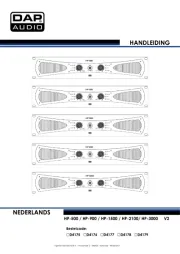
16 September 2025
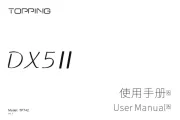
16 September 2025
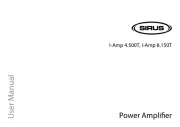
10 September 2025
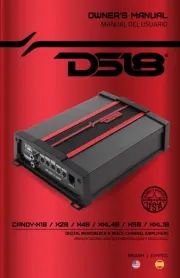
8 September 2025
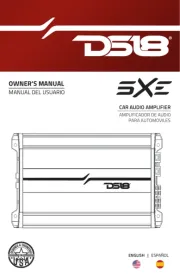
8 September 2025
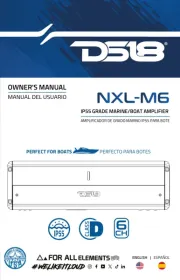
8 September 2025
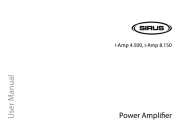
8 September 2025
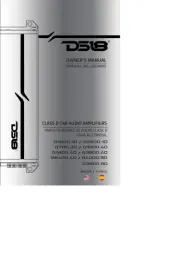
8 September 2025
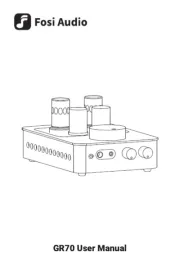
2 September 2025
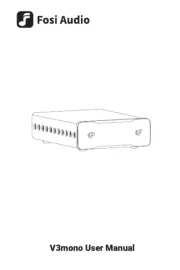
2 September 2025